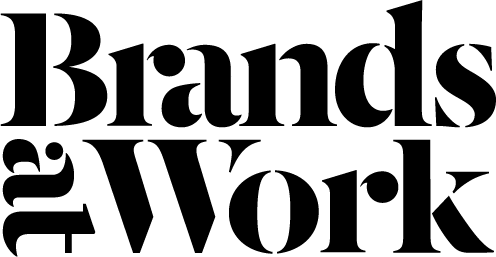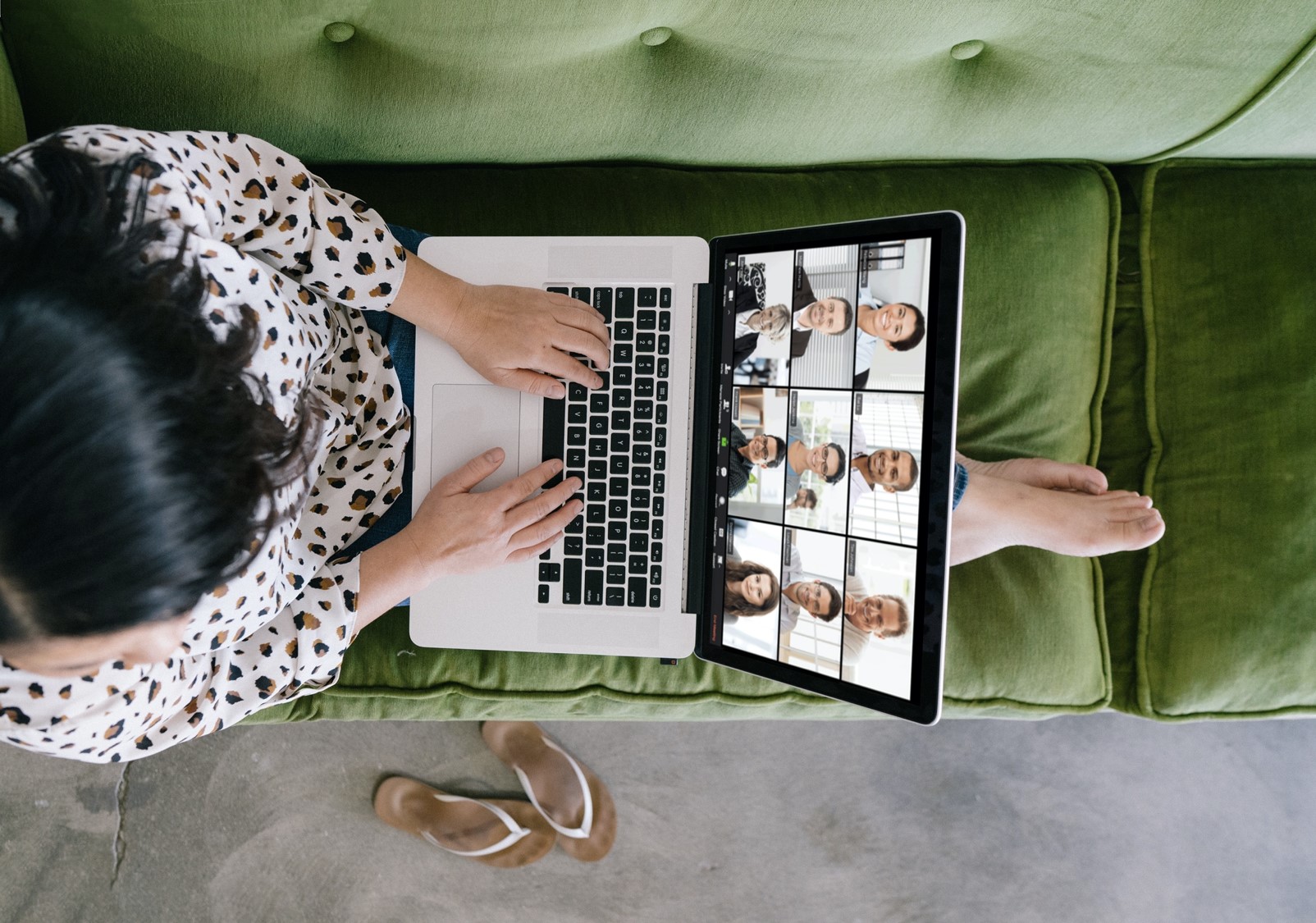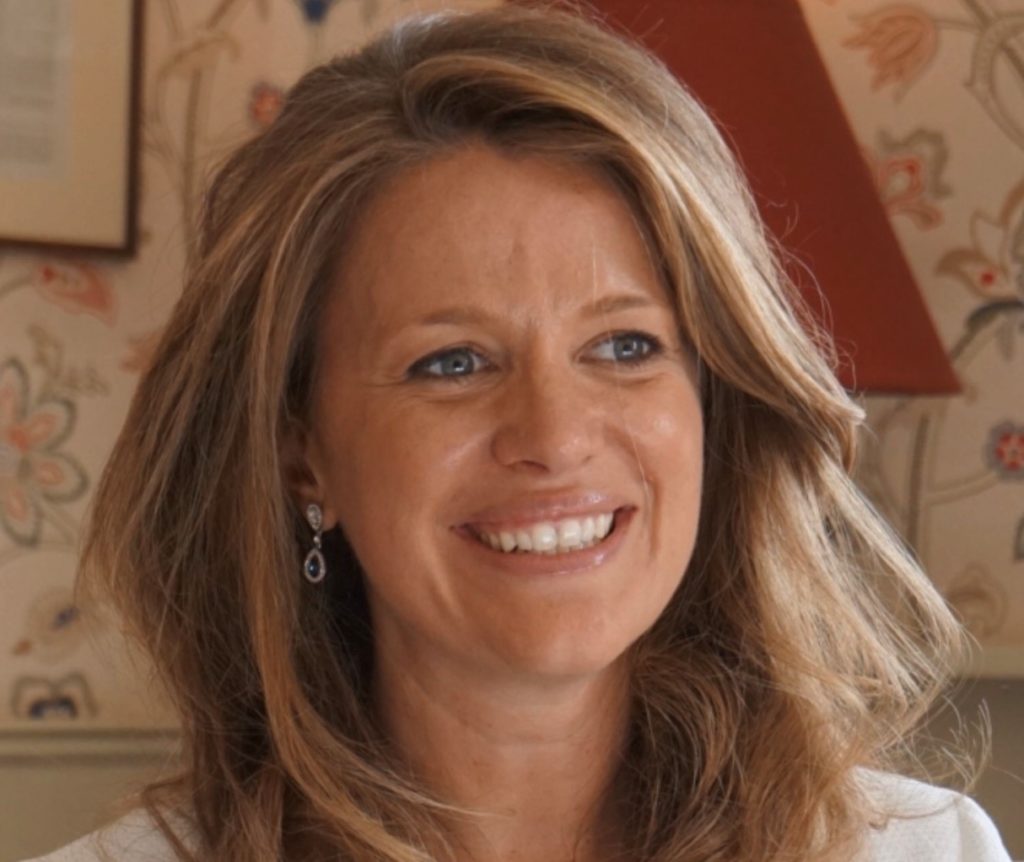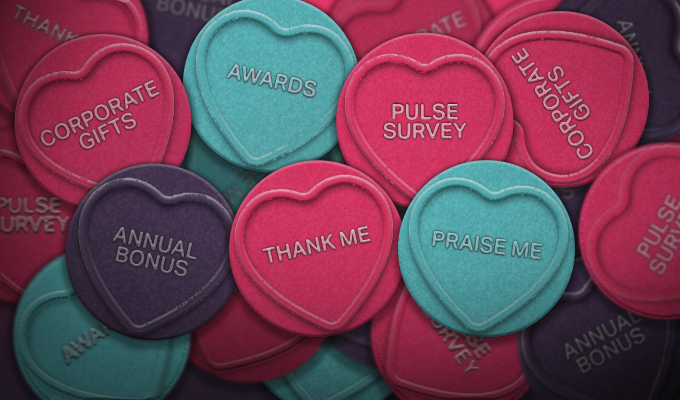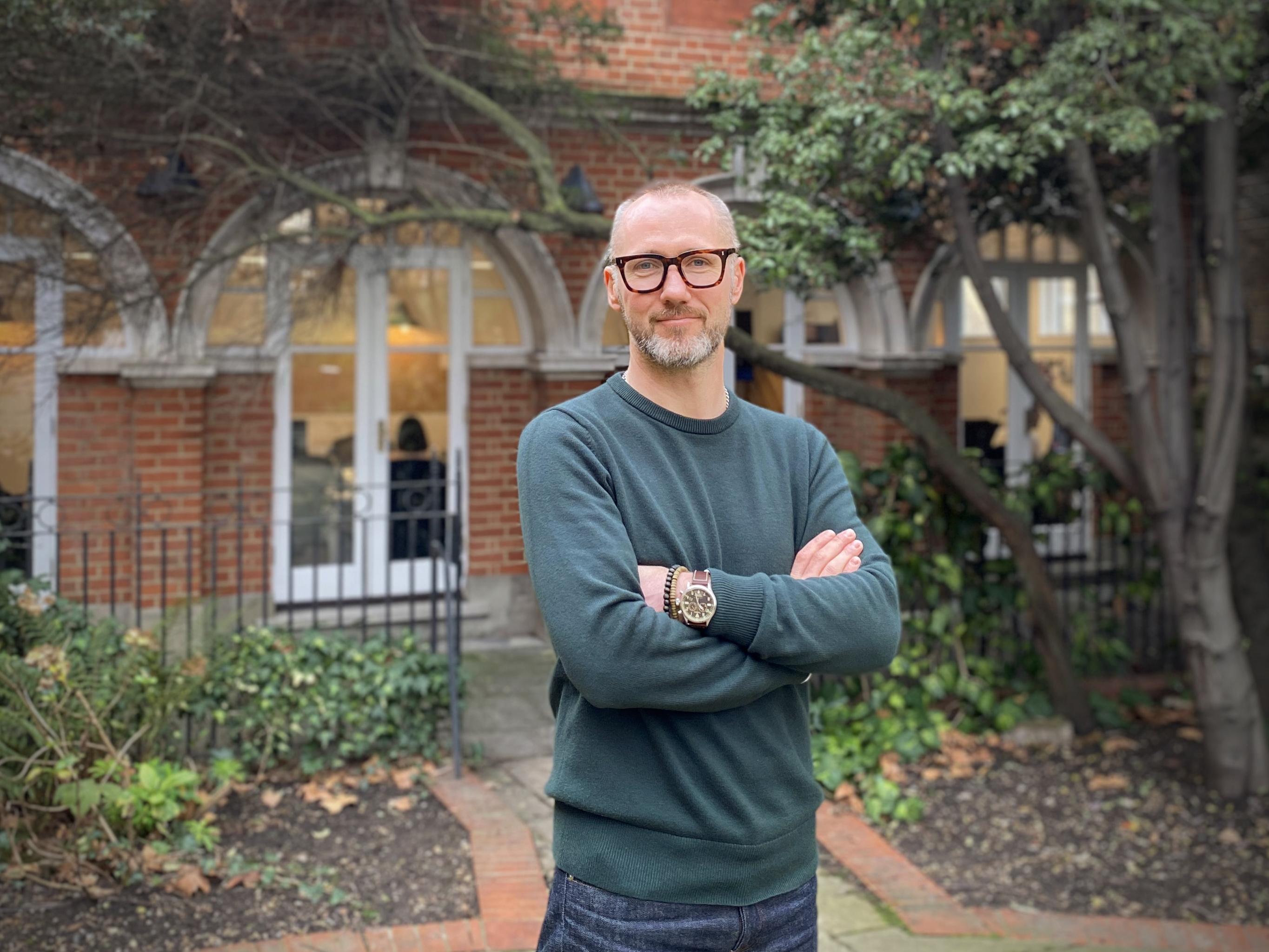How did you feel when you became an A-lister?
Flattered to have been put forward at all! I was pretty surprised to get the email. Then a bit overwhelmed; when it is announced, LinkedIn goes wild with congratulations and well wishers. Suddenly you become very popular – suppliers want to send you things and sell to you, and a few cheeky recruiters contacted the office!
The best thing about getting on the list is spending time with some of the other A-listers, particularly on the fam trip. It is great being part of the group, and to meet and bond with a really varied group of individuals with something special in common; they are the people who will be improving our industry, the ones who will be making the changes in the years to come.
What’s the most important thing that you have learned in your events career so far / do you have a golden nugget of advice for anyone starting out in the industry.
My advice is to expect change; the whole reason that many businesses exist is for change and businesses depend on change to grow. Without change everything would become stagnant so you need to be able to adapt. The goalposts keep changing, and that’s what makes this industry so creative and interesting. I think that flexibility is and will continue to be a key soft skill, sought after by potential employers – you will be asked to demonstrate how adaptable you are and asked how good you are at reacting to change. We are a service industry and we have to be responsive to what our clients are going through. The pace of change is so rapid that it’s becoming increasingly hard to predict what’s coming which makes it even harder to plan effectively so being able to act quickly when things change is critical.
It’s also our job to challenge, to not be ‘yes people’ but to question and explore what’s being briefed and importantly why. We need to use our experience and knowledge to lead and support our clients, not to be led; to offer alternative perspectives they may not have considered and help them with their ‘unknown unknowns’. Event professionals shouldn’t just be considered an extension of resource to complete tasks but highly knowledgeable, skilled and experienced consultants in a complex and nuanced form of communication.
What’s your advice for anyone becoming an A-lister?
Network as much as you can. When I first met the other A-listers at the party, I didn’t network as much as I should have done. I was quite nervous of the attention; I think most of us are in the industry because we are ‘behind the scenes’ type of people. If you are nervous, get there early because you don’t want to be the last person to arrive when everyone is already paired up or in groups. You then just need five seconds of real courage to walk up to someone and introduce yourself, maybe have a go to question or conversation topic in mind. Also try to have an exit strategy so you aren’t stuck in one conversation all night. The people may be lovely, but you are there to network, so once you’ve had a bit of a chat and possibly exchanged contact details, do summon that courage again to say “Hey, shall we move on to network with some other people?” The person you are with was probably thinking the same, so will thank you for it!
What did you do in the year before you became an A-lister/ what did you do/work on that got you nominated?
If I’m honest I can’t think of one defining moment that could have encouraged Brands at Work to nominate me. I didn’t think I could be put forward for something like this. I am a hard worker, but everybody at Brands at Work is, so I didn’t feel that what I was doing personally was exceptional. I certainly didn’t think it could translate to industry recognition. As a producer, I’m used to putting the attention on to other people, I wasn’t expecting attention to come my way. I suppose there are two events that I do remember being particularly hard work and may have got my efforts noticed more than usual; I helped to create an event with an ambitious creative vision in the Bomb Factory in Dallas Texas – for over 2000 delegates – in about three weeks! That took some doing from several thousand miles away and only a few hours of the working day overlapping. And the other occasion, a catastrophic freak storm ruined our ‘night under the stars’ gala awards evening for about 800 people. Our transparent roofed marquee was completely flooded. From linen to lights, nothing was recoverable. I worked with the hotel, suppliers and of course my clients to find a new venue, reimagine and re-supply everything involved in creating the experience, and make it fit in the space available. At 11:00 we had nothing; no equipment, no plan and no event; by 19:00 guests were walking into an awards ceremony with the tables set, an ‘under the stars’ effect on the ceiling created with moving lights, a beautifully glitzy stage and a sound checked band. I slept well that night!
How has being an A-lister impacted on you/ your career?
I definitely think that it has helped me become more confident, it kind of reassures you that what you’re doing is the correct thing. I think that confidence usually comes from experience; it’s a longer burn, over the years you become more confident and learn when to trust your instincts; getting on the A-list kind of short circuits that process a bit and provides an instant boost firming up the foundations you’ve been developing.
